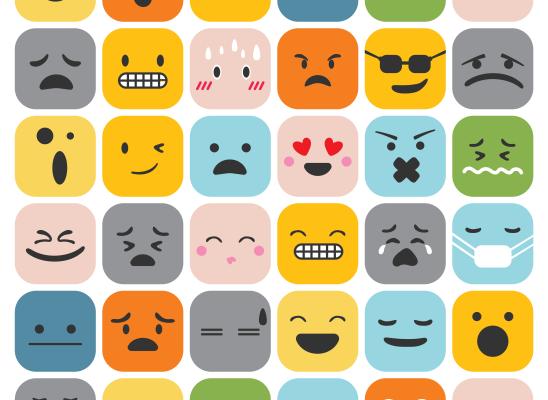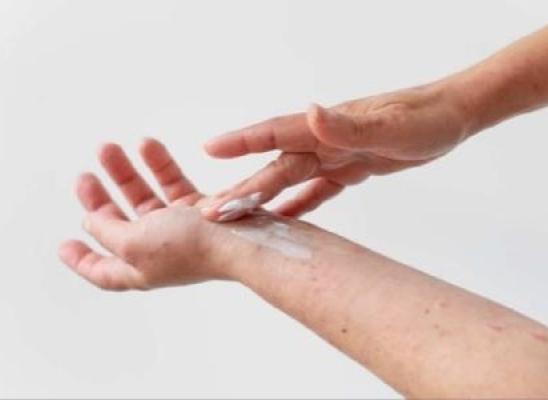Skin Picking and Hair Pulling
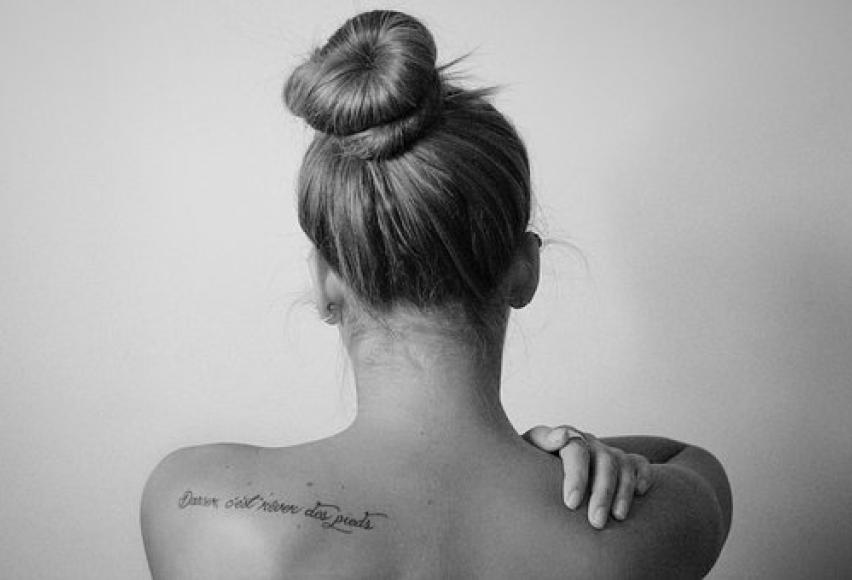
Online test
Find out the severity of your symptoms with this free online test
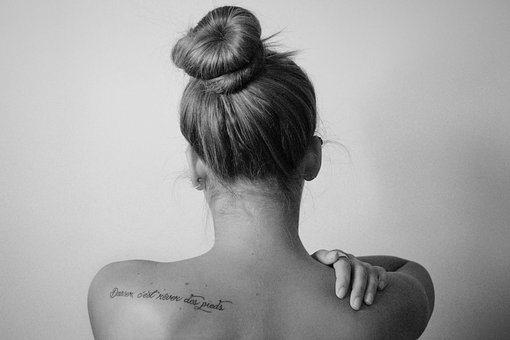
Trichotillomania, also known as Compulsive Hair Pulling Disorder, is characterized by the repetitive pulling out of one’s own hair leading to hair loss and functional impairment. The most common sites pulled include the scalp, eyebrows, and eyelashes; although any bodily site with hair can be affected. 2-3 pulling from multiple sites is common and pulling episodes can last from a few minutes to several hours. Also under the body focused repetitive behaviors (BFRB) is skin picking disorder, formerly referred to as Dermatillomania, but more recently renamed Excoriation disorder. It is characterized by the repetitive and compulsive picking of skin, leading to tissue damage. Although most individuals at some time pick at their skin, either to smooth out irregularities or to improve blemishes or acne, clinicians must differentiate between normal picking and more clinical forms. We know that both the disorders are under BFRB’s but is there evidence of comorbidity?
Body focused repetitive behaviors
Part of the reason for trichotillomania being reclassified as a BFRB and as a separate disorder on the spectrum of OCD is that it has been found to frequently occur comorbidly with other BFRBs such as dermatillomania (skin picking disorder), onycophagia (nail biting disorder), among others. One study examined the evidence for comorbidity of trichotillomania and dermatillomania, and concluded that the two disorders co-occur more often than can be expected by chance, indicating a high comorbidity.
How related are hair pulling and skin picking disorders? A review of evidence of comorbidity, similarities and shared etiology.
Skin picking and hair pulling disorders are more common than we think. Hair pulling disorder also known as trichotillomania and skin picking disorder are relatively common and potentially severe psychological conditions that have received limited empirical attention. Researchers are increasingly recognizing the similarities and co-occurrence of trichotillomania and skin picking disorder, and several authors have suggested that the two disorders should be categorized together in the DSM-5.
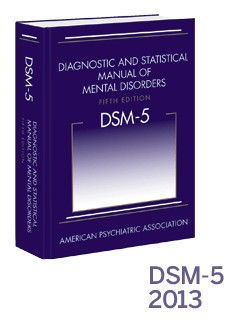
Evidence and medical studies suggests that the two disorders co-occur more often than can be expected by chance, have substantial similarities in a variety of clinical characteristics (e.g., symptom presentation and course of illness) and may have some distal risk factors in common (e.g., genetic vulnerabilities).
Common treatment
For both skin picking and hair pulling, research shows cognitive behavioral therapy programs to be the most effective form of therapy. From developing awareness to distancing yourself from negative thinking that triggers the urge to pick or pull, it is evidenced that the same treatment that works for one also works for the other.
Online test
Find out the severity of your symptoms with this free online test
Start your journey with SkinPick
Take control of your life and find freedom from skin picking through professional therapy and evidence-based behavioral techniques.
Start Now
